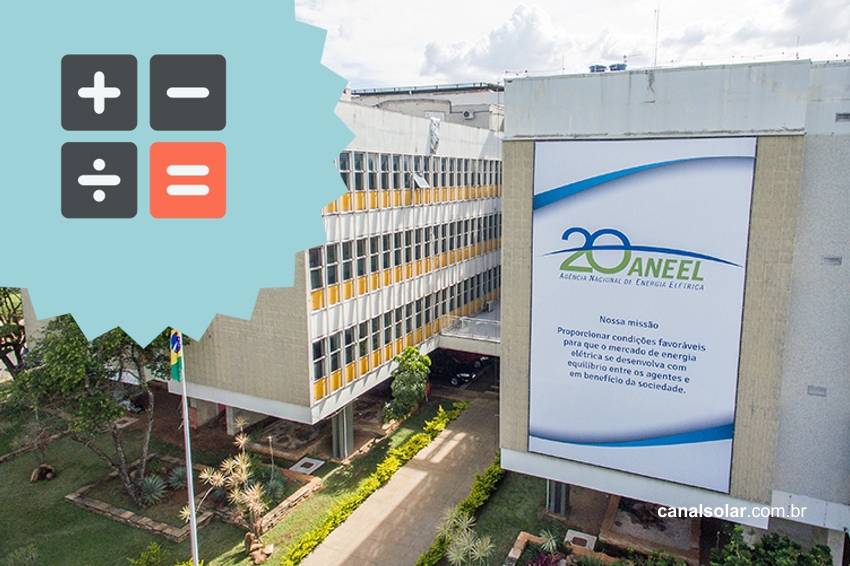To evaluate the proposed changes to REN 482 (Normative Resolution No. 482/2012), ANEEL (National Electric Energy Agency) developed a mathematical model that evaluates the impacts of DG (distributed generation) on electricity sector costs.
To develop this model, ANEEL was based on concepts of cause and effect relationships. Depending on the alternative adopted, the payback who installs the DG can increase or decrease, changing the projections of the DG installations and consequently the impacts caused by it.
The method divides the analyzes into two modalities: local compensation and remote compensation. The agency also sought references in research produced by international entities and institutes, including Harvard Electricity Policy Group and NREL (National Renewable Energy Laboratory).
The sequence of analysis for each of the alternatives can be summarized as follows:
- Calculation of payback which will have a consumer who decides to install GD. It is considered that DG implementation costs decrease over time, due to increased scale and market consolidation;
- Estimate of the number of DG installations, taking into account that this number will be higher or lower depending on the alternative adopted. The estimate is made according to the Bass model, used in other similar studies previously carried out by the agency;
- Determination of DG impacts, evaluated according to the quantity and installed power of DG.

To facilitate greater participation by all agents, ANEEL made the calculation model spreadsheets available in your site.
 Assumptions used by ANEEL
Assumptions used by ANEEL
Among the values used by ANEEL in the AIR (Regulatory Impact Analysis), there is much controversy regarding one of the most significant factors in the model, the percentage of simultaneity between consumption and generation. This factor represents the percentage of the energy generated that is consumed immediately by the load, and that is not injected into the distribution network.
The value of 38.92% adopted in the agency's analyzes for local generation was obtained from an R&D project carried out by the energy distributor CPFL, which operates in the interior of São Paulo.
This number is the result of the analysis of 231 photovoltaic microgeneration systems installed in the district of Barão Geraldo in Campinas (SP).
During the face-to-face meetings managed by ANEEL in Brasília-DF (02/21/2019) and in São Paulo-SP (03/14/2019), there were several debates about this number, as it does not portray the reality of the various DGs installed in the country.
If taken to a more appropriate sampling level and at a national level, the value of this factor tends to be higher. ABSOLAR (Brazilian Solar Energy Association), for example, points out that this parameter must be located between 45% and 76%, supporting these values with data from studies published in Technical Note 56 of 2017, authored by ANEEL itself.
Because the model is very sensitive to this factor, small variations in these numbers can lead to completely different results.
For example, with the adoption of the 38.92% proposed by ANEEL, the impact on the sector would be negative, that is, it would cost the entire system R$ 4.73 billion by the year 2035.
However, if the value of this parameter is 45% or greater, as suggested by ABSOLAR, the impact on the costs of the electricity sector would be positive, that is, for the same period of analysis the cost of energy would be lower for all consumers, including those who did not invest in a micro or mini photovoltaic generator.

Another point that has generated many discussions is the fact that the model does not consider two important benefits brought by DG: the reduction of CO₂ emissions and the creation of jobs. According to ANEEL, a consolidated and reliable method was not found to estimate these two benefits.
All the transparency that ANEEL has been employing throughout the process is to be commended, however, it is also necessary to adapt the premises to reality, or we run the serious risk of being presented with a decision that will negatively impact the entire Brazilian society.



 Assumptions used by ANEEL
Assumptions used by ANEEL










